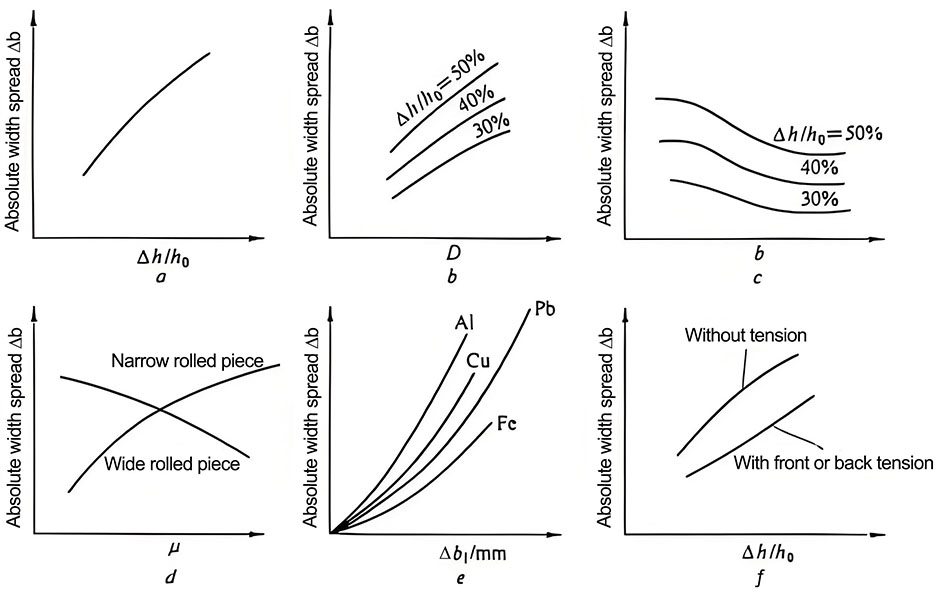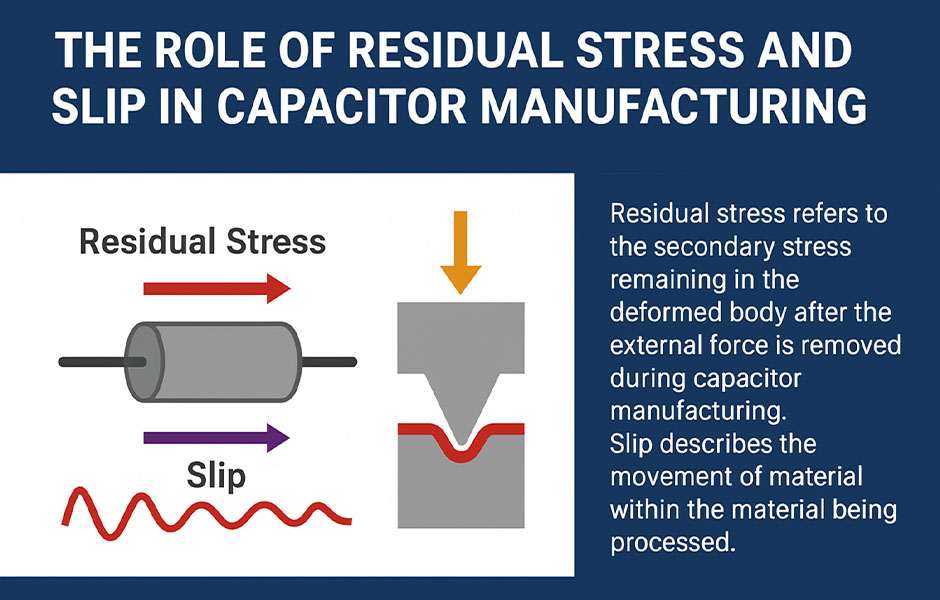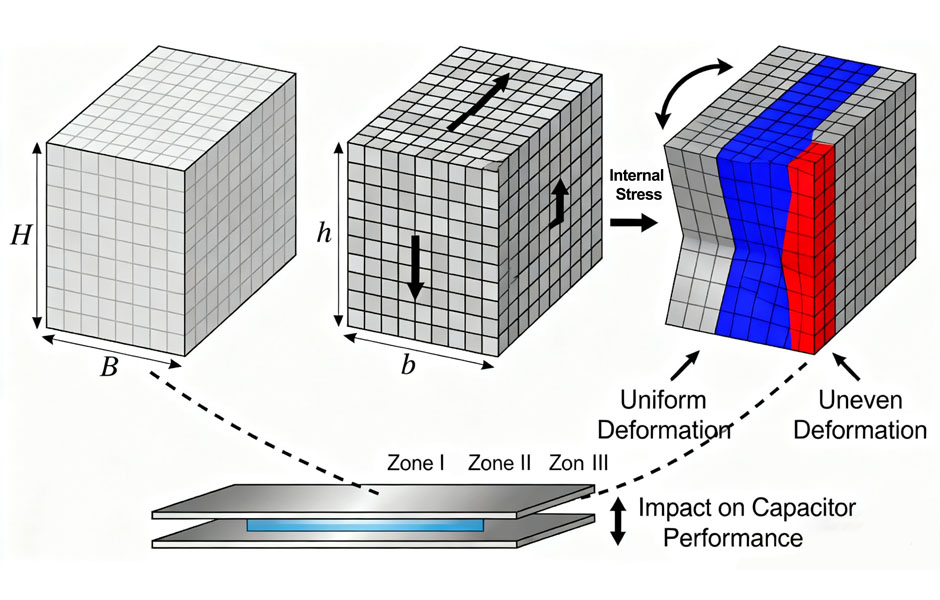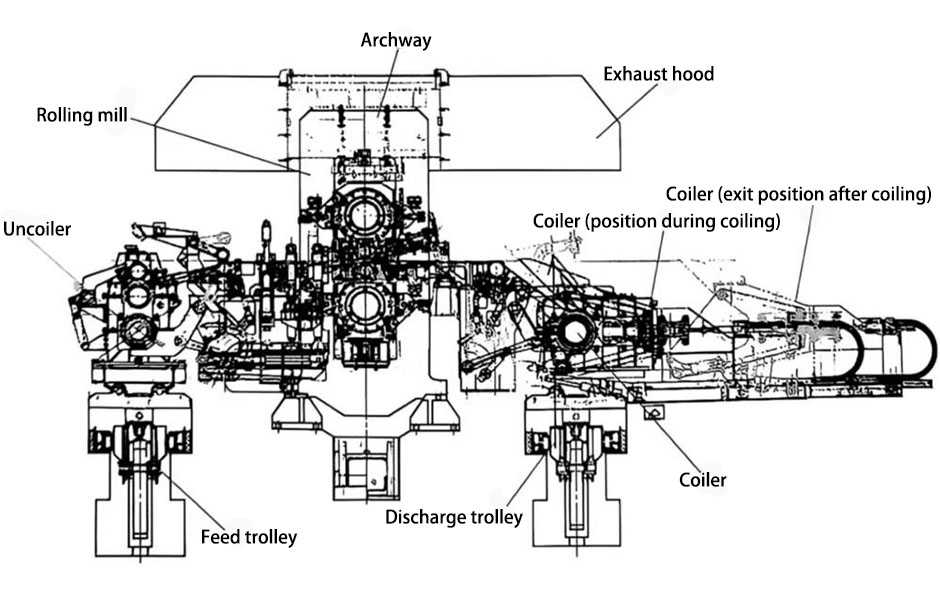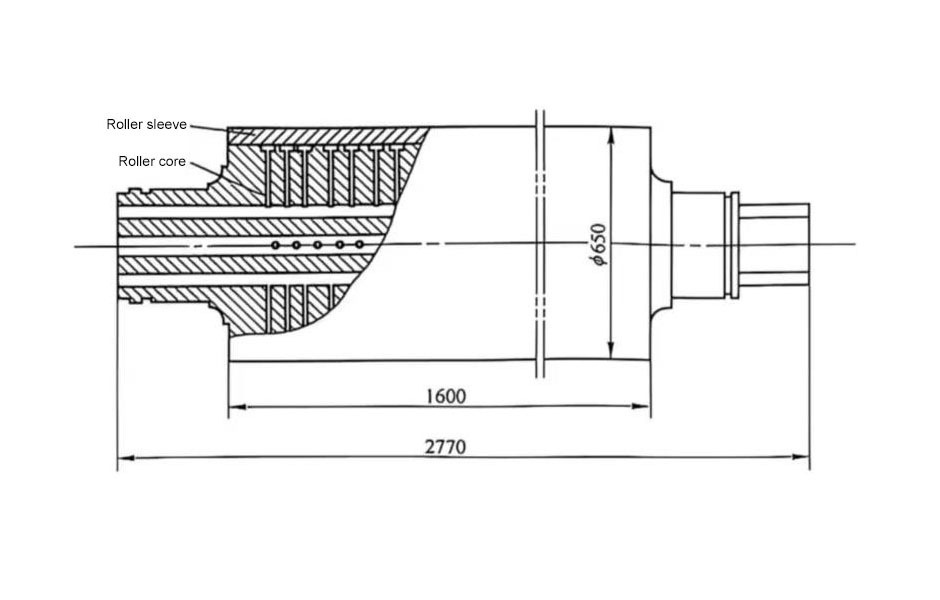Introduction:
Filter capacitor play a vital role in electronic circuits, contributing to their stability, reliability, and performance. These components are widely used in various applications, including power supplies, audio systems, and communication devices. In this article, we will explore the definition, working principle, circuit symbol, types, and applications of filter capacitors, shedding light on their significance in modern electronics.
I. Definition of Filter Capacitor:
Filter capacitors, also known as smoothing capacitors or decoupling capacitors, are electronic components designed to filter out undesirable noise and ripple voltage from electrical signals. They are primarily used to stabilize voltage levels, reduce signal distortion, and enhance the overall performance of electronic circuits. Filter capacitors store electrical energy and release it when necessary, allowing for a more consistent and reliable flow of current.
II. Working Principle of Filter Capacitor:
Filter capacitors function based on their ability to store and release electrical charge. When connected in parallel with a power supply, they charge up during voltage peaks and discharge during voltage drops. The capacitance of a filter capacitor determines its ability to store charge and affect the filtering process. Filter capacitors act as reservoirs of electrical energy, smoothing out voltage fluctuations and reducing ripple.
III. Circuit Symbol of Filter Capacitor:
The circuit symbol used to represent a filter capacitor consists of two vertical parallel lines with a curved line connecting them at the top. The vertical lines represent the plates of the capacitor, while the curved line represents the dielectric material between them. This symbol is commonly used in circuit diagrams to indicate the presence of a filter capacitor.
IV. Types of Filter Capacitors:
A. Electrolytic Capacitors: Electrolytic capacitors are commonly used in power supply applications due to their high capacitance values. They are polarized capacitors and come in two types: aluminum electrolytic capacitors and tantalum electrolytic capacitors. Aluminum electrolytic capacitors offer high capacitance and are cost-effective, while tantalum electrolytic capacitors provide smaller form factors and better performance at higher frequencies.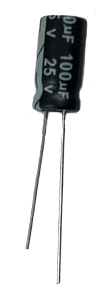
B. Ceramic Capacitors: Ceramic capacitors are compact and widely used for decoupling and noise suppression. They come in different types, such as multilayer ceramic capacitors (MLCCs) and ceramic disc capacitors. MLCCs offer a wide range of capacitance values and are suitable for various applications. Ceramic capacitors are known for their stability, reliability, and low cost.
C. Film Capacitors: Film capacitors use a thin plastic film as the dielectric material, offering excellent performance in terms of stability, accuracy, and high voltage handling capabilities. They are available in different types, including polyester film capacitors, polypropylene film capacitors, and metalized film capacitors. Film capacitors are often used in audio circuits and high-frequency applications.
D. Tantalum Capacitors: Tantalum capacitors are known for their high capacitance per volume ratio and stability. They are widely used in portable electronic devices, telecommunications equipment, and power supply circuits. Tantalum capacitors provide good reliability and have low leakage current, making them suitable for critical applications.
V. Application of Filter Capacitor:
A. Power Supply Filtering: Filter capacitors are extensively employed in power supply circuits to smooth out voltage ripples and remove noise. They stabilize voltage levels, ensuring a consistent and reliable power output. By reducing noise and ripple, filter capacitors enhance the performance of connected devices and protect them from voltage fluctuations.
B. Noise Suppression in Audio Circuits: In audio systems, filter capacitors are used to eliminate noise and unwanted signals. They help in maintaining the purity of the audio signal by filtering out high-frequency interference and minimizing distortion. Filter capacitors improve the audio quality, resulting in a more immersive and enjoyable listening experience.
C. Filtering in Communication Systems: Communication devices, such as radios and transceivers, often rely on filter capacitors to filter out unwanted signals and interference. These capacitors play a crucial role in ensuring clear and reliable communication by suppressing noise and maintaining signal integrity.
D. Other Applications and Examples: Filter capacitors find applications in a wide range of electronic devices, including televisions, computers, automotive electronics, and industrial equipment. They are used to stabilize voltage, reduce noise, and improve the performance of various circuits and systems.
Conclusion:
Filter capacitors are essential components in modern electronic circuits, contributing to their stability, reliability, and performance. By filtering out noise and ripple voltage, these capacitors enhance the quality of electrical signals and improve the overall functionality of electronic devices. Understanding the working principles, types, and applications of filter capacitors empowers engineers and electronics enthusiasts to design and build more efficient and robust electronic systems.
